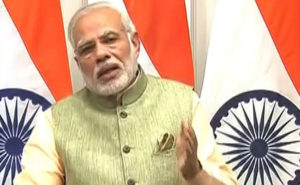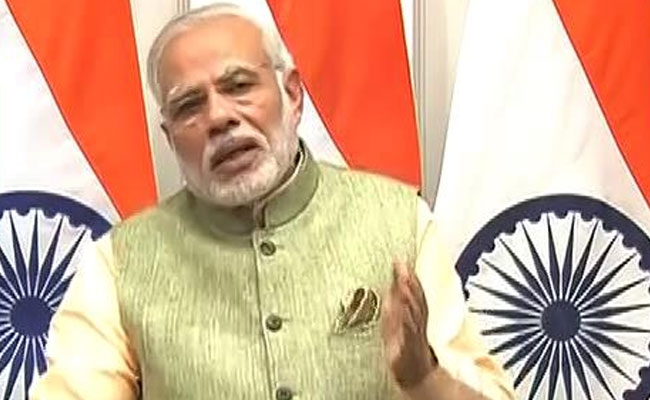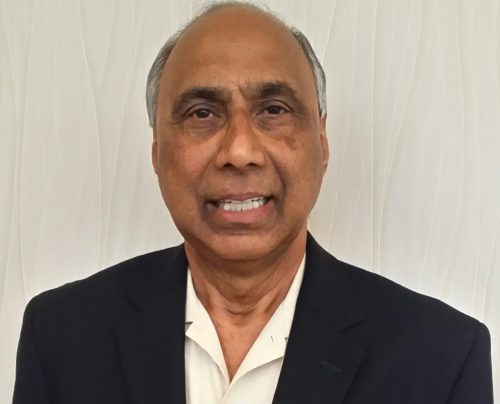By Aadharsh Pannirselvam
(Editor’s note:The following opinion piece is written by Aadharsh Pannirselvam, a second-generation Indian American. Views expressed in this article is the personal opinion of the author.)
Indian Prime Minister Modi’s move to void 500 and 1000 rupee bills is undoubtedly very polarizing. On the one hand there are the more nationalistic people who believe that India can handle such a change, and on the other, there are more traditionally minded people who believe that India simply can’t change something this drastic until the next generation of leaders take over.
I, a second-generation Indian American, slot somewhere in the middle, where I agree that for the most part it’s a good idea, but can’t see it happening suddenly and without any resistance. My father, a first generation Indian American, strongly believes that it does a great deal to stem corruption and prevent shadow economy. Naturally, as a high school debater (and as a rebellious teen), I felt the need to argue with him on this. This culminated in a pretty enjoyable mock debate where we gathered evidence and clashed. The following article is a direct result of this debate over whether Modi’s policy facilitates a cashless economy or a careless economy.
 Right now, India isn’t exactly in the greatest spot economically, what with all the corruption and black money that has been around for the last couple of decades. To be fair, the scheme that was put into place isn’t objectively bad. It’s just misguided, badly coordinated, and poorly paced. Firstly, the system of demonetization is greatly misguided for the purpose of flushing out untaxed income. This is due to the fact that most of this black money is stored as gold or is locked away in a Swiss bank vault.
Right now, India isn’t exactly in the greatest spot economically, what with all the corruption and black money that has been around for the last couple of decades. To be fair, the scheme that was put into place isn’t objectively bad. It’s just misguided, badly coordinated, and poorly paced. Firstly, the system of demonetization is greatly misguided for the purpose of flushing out untaxed income. This is due to the fact that most of this black money is stored as gold or is locked away in a Swiss bank vault.
Secondly, the demonetization system was horribly coordinated for the average person. Former Finance Minister Chidambaram reporting that the bank withdrawal limit of Rs 24,000 per week remained only on paper and most people got much less. Additionally, he states that permissible use of old notes was abruptly stopped on December 15.
Thanks to these unfortunate circumstances, most citizens who had done absolutely nothing wrong, were left in huge lines to get money back from the underprepared banks with little time to spare, so as to hang on to their hard earned money. Finally, the demonetization scheme was poorly paced. Half of India’s 1.3 billion people don’t have a bank account to start with, and 300 million don’t even have the government ID required to get a bank account.
Modi’s policy is sure to get at least some of these people flocking to get bank accounts, which banks are unfortunately not ready for. Additionally, once people get bank accounts and credit cards, most of them only use these to draw physical cash from the ATM. The fact is that the majority of Indians with credit cards only use them to withdraw money as opposed to actually making transactions directly, defeating the point of getting a card in the first place.
Clearly, the public needs more education and better infrastructure by both the banks and the government to even make a slow transition to a cashless economy, as even the affluent hegemons of our time aren’t even near a total cashless economy themselves. While I’m sure India will one day become completely cashless in its economy, it isn’t anywhere in the near future, and it certainly won’t be the first to do so.
In conclusion, Modi’s current attempt at a cashless economy is just that: an attempt, a careless one; putting the figurative cart of demonetization before the figurative horse of telecom as Dr. Chakravorti referred in his Harvard business review.








